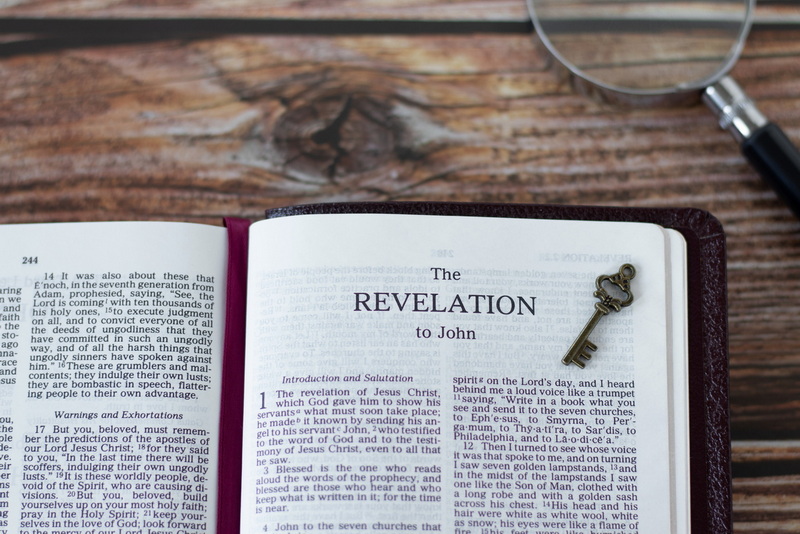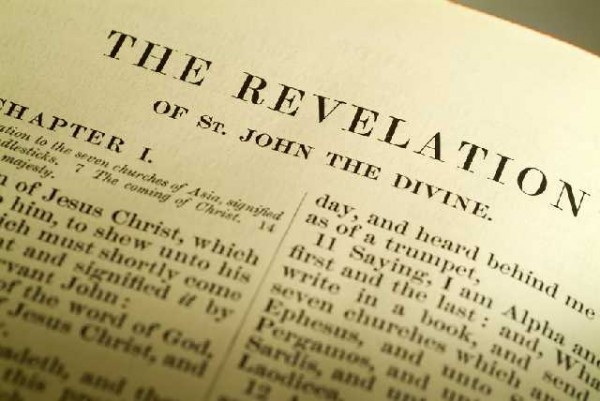Content Menu
● The Authorship and Timing of the Book of Revelation
● Historical Context
● The Traditional View: A Late Date
● Internal Evidence Supporting a Late Date
● Alternative Views: An Early Date
● Scholarly Consensus
● Structure and Themes of Revelation
● Interpretative Approaches
● Conclusion
● Related Questions
>> 1. Who wrote the Book of Revelation?
>> 2. What are some key themes in Revelation?
>> 3. Why is the dating of Revelation significant?
>> 4. What evidence supports a late date for Revelation?
>> 5. How does Revelation address persecution?
● Citations:
The Authorship and Timing of the Book of Revelation
The Book of Revelation, often referred to simply as Revelation or the Apocalypse, is the final book of the New Testament and has intrigued scholars, theologians, and believers for centuries. One of the most debated aspects of this book is its date of composition. Understanding when Revelation was written is crucial for interpreting its messages and themes, particularly regarding its prophetic visions and historical context.

Historical Context
To grasp the significance of the date of Revelation, it is essential to consider the historical backdrop against which it was written. The late first century was a tumultuous time for Christians within the Roman Empire. Following the death of Jesus Christ around 30 AD, the early church faced various persecutions. However, it was during the reign of Emperor Domitian (AD 81-96) that a notable wave of persecution against Christians occurred, which many scholars believe influenced the content and tone of Revelation.
The Roman Empire at this time was characterized by a strong emphasis on emperor worship, which posed a direct challenge to Christian beliefs. Christians were often viewed with suspicion because they refused to participate in the imperial cult, which required citizens to acknowledge the emperor as divine. This refusal was seen as an act of rebellion against Rome, leading to severe consequences for many believers.
The Traditional View: A Late Date
The predominant scholarly consensus places the writing of Revelation between AD 94 and 96. This view is supported by several early church fathers, including Irenaeus, who wrote around AD 180 that John composed Revelation during Domitian's reign. He stated that it was written "almost in our own day," indicating a close timeframe to his own era.
Moreover, external evidence from early Christian writers such as Eusebius and Jerome further corroborates this late dating. They also affirm that John wrote Revelation while exiled on the Isle of Patmos, a detail mentioned in Revelation 1:9. The text suggests that John was experiencing persecution for his faith, which aligns with documented historical events during Domitian's reign.
Internal Evidence Supporting a Late Date
Several internal elements within Revelation itself point to a late date:
- Persecution References: Early chapters reference persecution and martyrdom, which corresponds with known historical events under Domitian.
- Seven Churches: The letters to the seven churches in Asia Minor reflect conditions that were likely present at the end of the first century rather than earlier periods.
- Symbolism and Imagery: The apocalyptic imagery used throughout Revelation resonates with themes prevalent in late first-century Christianity as believers grappled with their identity amid persecution.
Alternative Views: An Early Date
While the late date is widely accepted, some scholars advocate for an earlier composition around AD 68 during Emperor Nero's reign. Proponents of this view argue that certain prophetic elements in Revelation may refer to events surrounding the destruction of Jerusalem in AD 70. They suggest that John wrote Revelation as a warning to Christians about impending trials and tribulations.
However, this early dating lacks substantial support from historical evidence compared to the later date. Most scholars find that arguments favoring an early date do not sufficiently account for the socio-political context reflected in the text.
Scholarly Consensus
The majority opinion among biblical scholars today is that Revelation was written during Domitian's reign, specifically between AD 94 and 96. This conclusion stems from both internal textual analysis and external historical documentation from early church fathers who lived shortly after John's time.

Structure and Themes of Revelation
Revelation is structured around a series of visions experienced by John, which can be divided into several key sections:
- The Letters to the Seven Churches (Chapters 2-3): These letters are addressed to specific congregations in Asia Minor—Ephesus, Smyrna, Pergamum, Thyatira, Sardis, Philadelphia, and Laodicea. Each letter contains commendations for faithfulness or warnings against complacency and moral compromise. For instance, in Revelation 2:4-5, Jesus admonishes the church in Ephesus for losing its first love and calls them to repentance.
- The Throne Room Vision (Chapter 4): This chapter presents a majestic vision of God's throne in heaven, surrounded by worshiping beings. It emphasizes God's sovereignty over creation and sets the stage for subsequent judgments.
- The Seven Seals (Chapters 6-8): As each seal is broken by the Lamb (Jesus), various calamities unfold on earth. These seals symbolize different aspects of human suffering and divine judgment.
- The Seven Trumpets (Chapters 8-11): Following the seals, seven trumpets announce further judgments upon humanity. Each trumpet blast heralds catastrophic events that serve as warnings to repent.
- The Seven Bowls (Chapters 15-16): These bowls represent God's final wrath poured out upon unrepentant humanity. They culminate in significant plagues and disasters.
- The Fall of Babylon (Chapters 17-18): Babylon symbolizes corrupt earthly powers opposing God. Its fall represents divine judgment against all forms of idolatry and injustice.
- The New Creation (Chapters 21-22): The conclusion presents a vision of a new heaven and new earth where God dwells with His people eternally. This promise serves as hope for believers enduring suffering.
Interpretative Approaches
Understanding Revelation requires grappling with its complex symbolism and varying interpretative frameworks:
- Preterist View: This perspective posits that most events described in Revelation were fulfilled in the first century AD, particularly concerning Rome's persecution of Christians.
- Historicist View: This approach interprets Revelation as a symbolic representation of church history from its inception through contemporary times.
- Idealist View: This view sees Revelation as an allegorical depiction of the ongoing struggle between good and evil throughout history.
- Futurist View: Futurists believe that much of Revelation pertains to future events yet to unfold at the end times.
Each interpretative lens shapes how readers understand themes such as judgment, hope, and divine sovereignty within the text.
Conclusion
In summary, while there are arguments for both early and late dates regarding when the Book of Revelation was written, substantial evidence supports a composition date around AD 94-96 during Emperor Domitian's reign. This timing is crucial for understanding the book's themes, particularly its reflections on persecution and hope amidst trials faced by early Christians. The rich symbolism and complex structure invite readers into deeper theological reflection about God's ultimate victory over evil.

Related Questions
1. Who wrote the Book of Revelation?
The Book of Revelation is traditionally attributed to John, often identified as John the Apostle or John of Patmos.
2. What are some key themes in Revelation?
Key themes include persecution, hope for believers, divine judgment, and the ultimate victory of good over evil.
3. Why is the dating of Revelation significant?
The dating affects how scholars interpret its prophecies and messages regarding contemporary events during John's time versus future expectations.
4. What evidence supports a late date for Revelation?
Evidence includes writings from early church fathers like Irenaeus and internal references to persecution consistent with Domitian's reign.
5. How does Revelation address persecution?
Revelation offers encouragement to believers facing trials by assuring them of God's ultimate justice and victory over evil.
Citations:
[1] https://bibleproject.com/explore/video/revelation-1-11/
[2] https://insight.org/resources/bible/the-apocalypse/revelation
[3] https://calvaryoxnard.org/blog/2014/11/30/four-ways-to-interpret-the-book-of-revelation
[4] https://davidjeremiah.blog/what-is-the-book-of-revelation-about/
[5] https://en.wikipedia.org/wiki/Book_of_Revelation
[6] https://evidenceandanswers.org/article/four-views-revelation/
[7] https://www.lifeway.com/en/articles/making-sense-of-the-book-of-revelation
[8] https://www.pbs.org/wgbh/pages/frontline/shows/apocalypse/revelation/white.html
[9] https://groundworkonline.com/blog/understanding-the-book-of-revelation
[10] https://www.worldhistory.org/Book_of_Revelation/
































